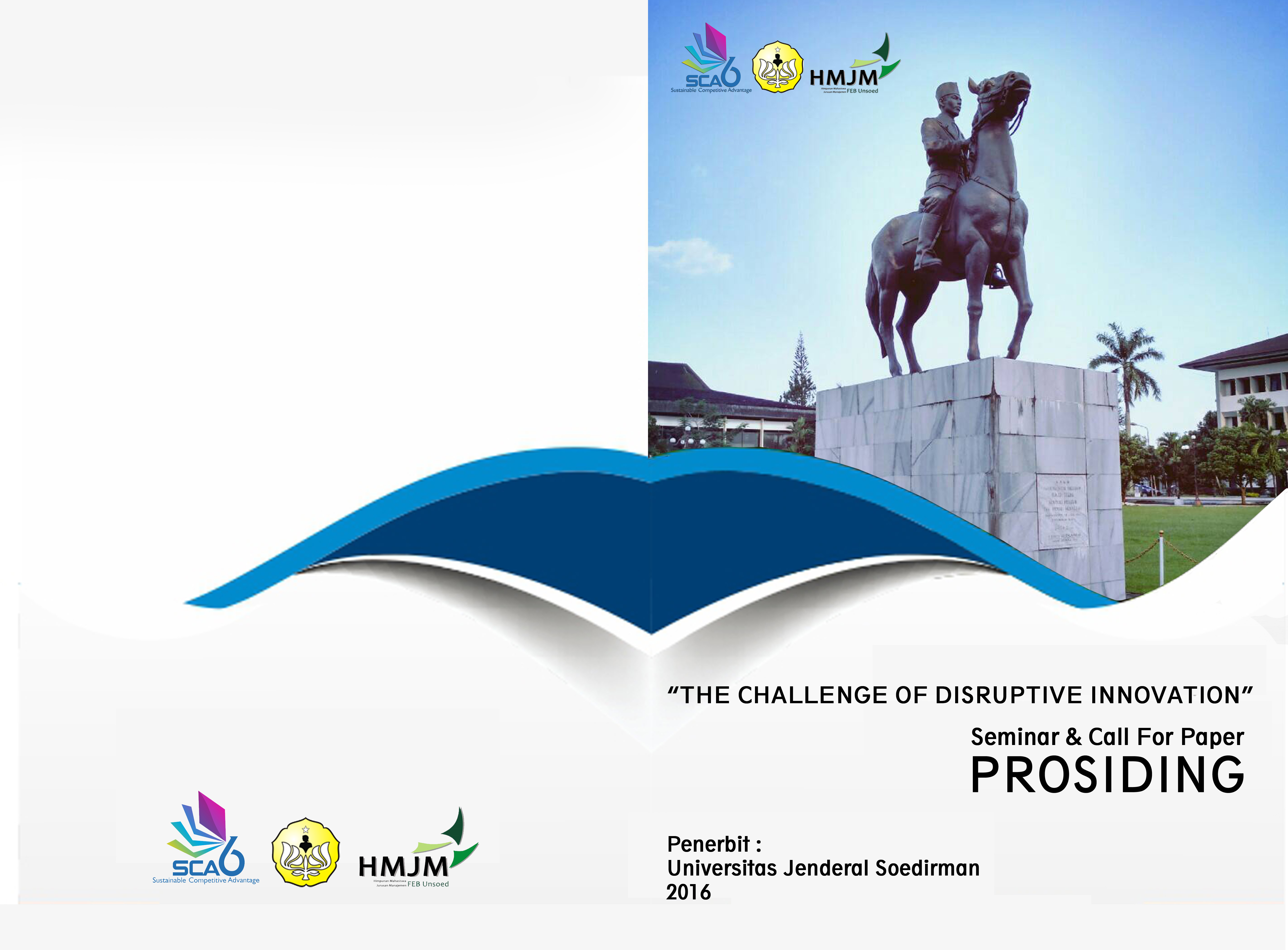PEMBERDAYAAN EKONOMI PETANI MELALUI DIVERSIFIKASI USAHA DAN SISTEM PERTANIAN TERINTEGRASI (INTEGRATED FARMING) DI SUKOHARJO DAN KABUPATEN TTS, TTU – NUSA TENGGARA TIMUR.
Abstract
This research aims to create a model of the economic empowerment of farmers through the diversification of business related and integrated farming system (integrated Farming). The concept of diversification in general is different effort diversification to each other with the hope to be able to eliminate the risk. With the expected failure to diversify in one business can be closed with the success of other efforts that are not related, thus the risk of effort can be eliminated. In contrast to the above concept, for diversification farmers can do with related businesses, where one business with other businesses can sustain each other. One of the efforts to diversify the rice farmers are offered with related businesses keep beef cattle. In addition with the model of the integrated farm model diversification, where farms and dairy farms in merges can be done in farm areas with the huge land in the village. The approach of diversification efforts and integrated farming done in agriculture with the model groups, with the number of members of the Group effective 20-30 farmers.The group is expected to happen more intensive interaction between farmers members to cooperate and is responsible for additional business activities in the form of fattening or breeding cows. Research carried out using limited discussion approach with the tutor who comes from relevant agencies, with the individual offender, and direct observation in some areas of the Sukoharjo (related diversification), and integrated farming system in TTS (South Central Timor) and the TTU (North Central Timor), East Nusa Tenggara (NTT). The result of the research, suggests related business diversification model farmers with diversified business of fattening beef cattle through (1) can help increase the income of farmers with additional income of around Rp. 1.5-2.0 million rupiah/month, (2) within the period of 4-5 years after attempts were made to diversify activities, farmers will become independent by having an average 4 oxtail pieces that can be sold/rejuvenated at least one tail every month (5) can withstand the pace instead of productive agricultural land use in areas bordering urban agriculture.Integrated farming systems for the model is done by most farmers-cattle farmers in the NTT Group, through its clustering systems for grazing land, can (1) increase productivity results with the availability of the adequacy of the food supply for livestock throughout the year, (2) the utilization of livestock waste can be processed to add value in the form of energy or biogas manure, (3) indirectly can while maintaining the sustainability of forests and pastures into grazing areas. In general the results of this research can be used as one of the models supporting the national program to achieve self-sufficiency in food in Indonesia. keywords: diversification of agricultural system, integrated, clustering grazing land.Downloads
Published
2017-06-13
Issue
Section
Articles

